This article is brought to you by Datawrapper, a data visualization tool for creating charts, maps, and tables. Learn more.
Data Vis Dispatch,
September 14
The best of last week’s big and small data visualizations
Welcome back to the 13th edition of Data Vis Dispatch! Every week, we’ll be publishing a collection of the best small and large data visualizations we find, especially from news organizations — to celebrate data journalism, data visualization, simple charts, elaborate maps, and their creators.
Recurring topics this week include elections, COVID in children, and long-term climate data.
Elections were in the air this week. Across Canada, Germany, and Argentina, the news doesn’t look good for ruling parties:
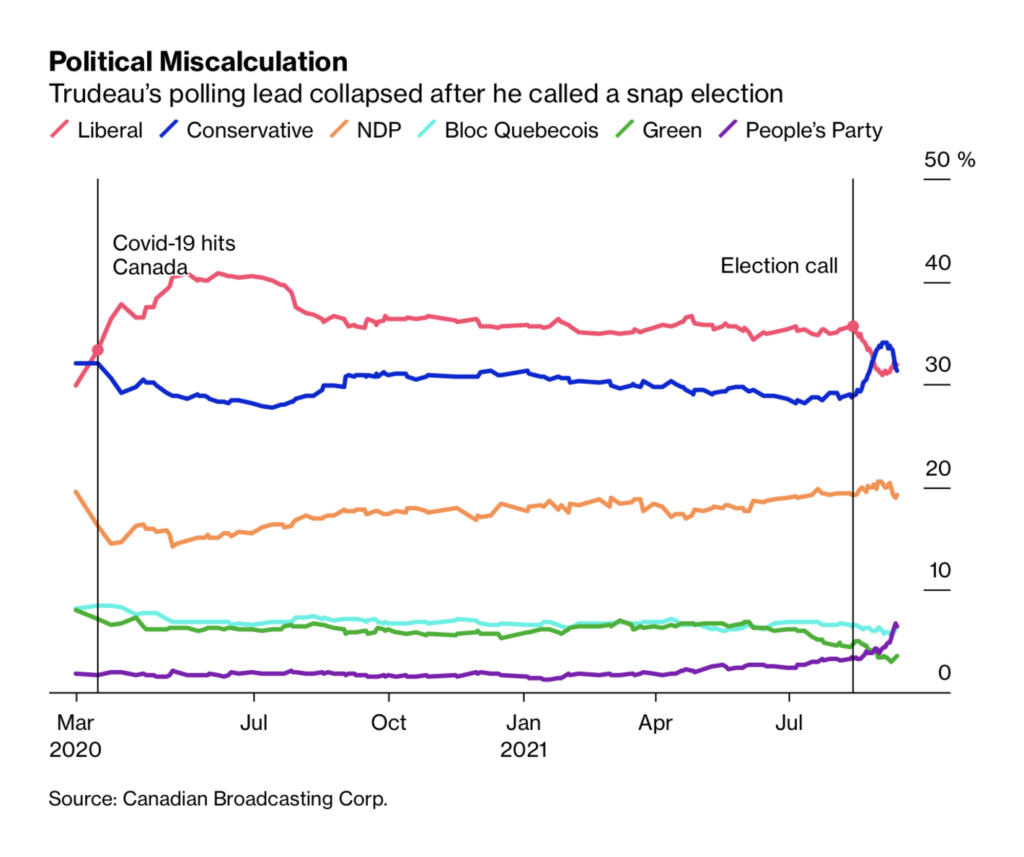
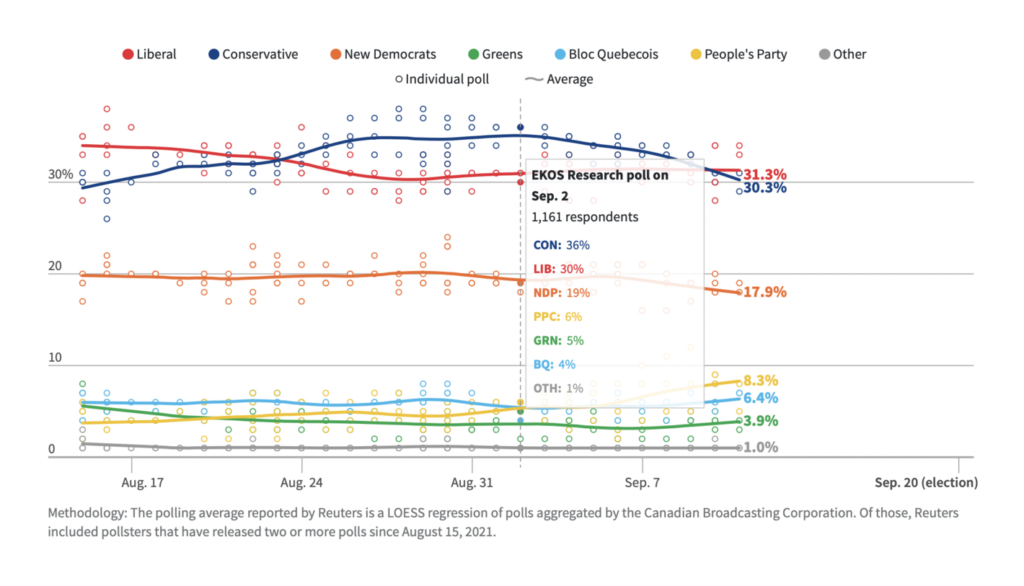
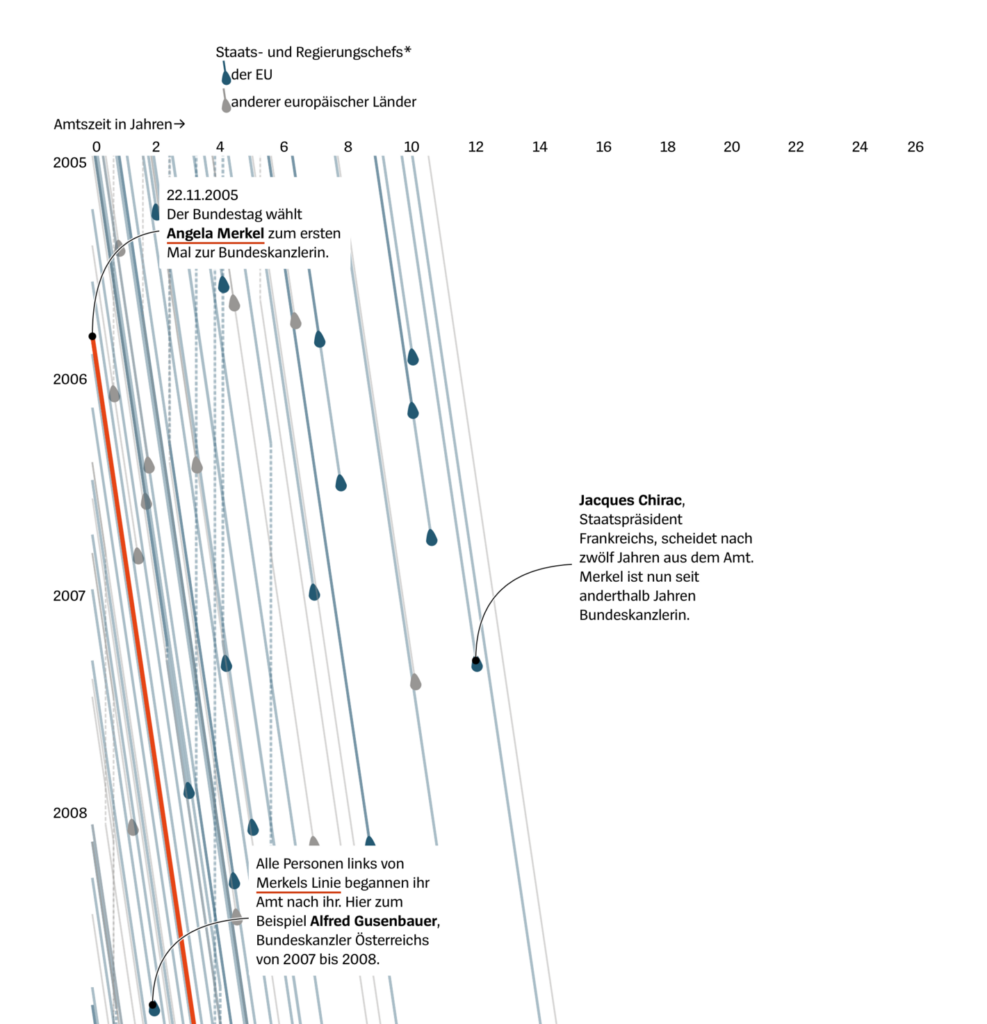

Meanwhile, Hong Kong’s legislature is being gutted by Beijing, the governor of California faces a recall vote, and the New York Times imagines an America with six major parties:
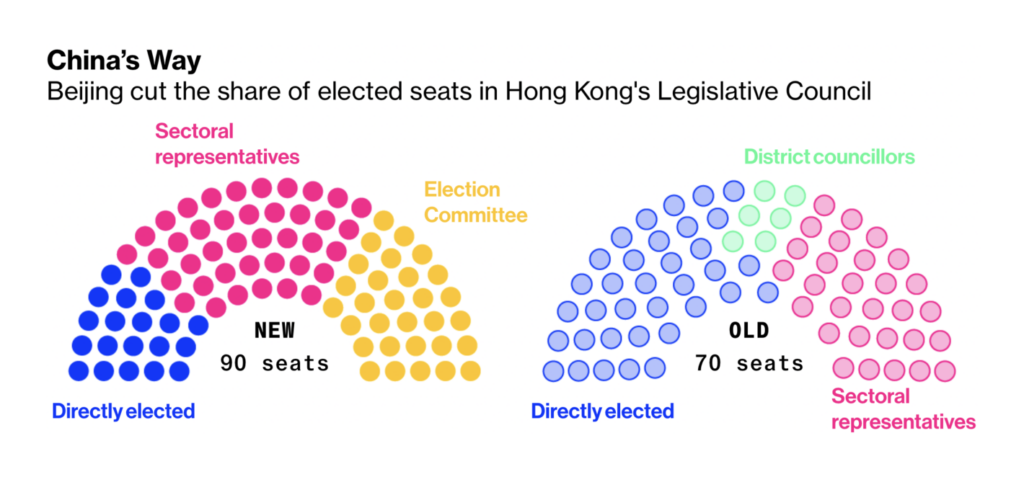


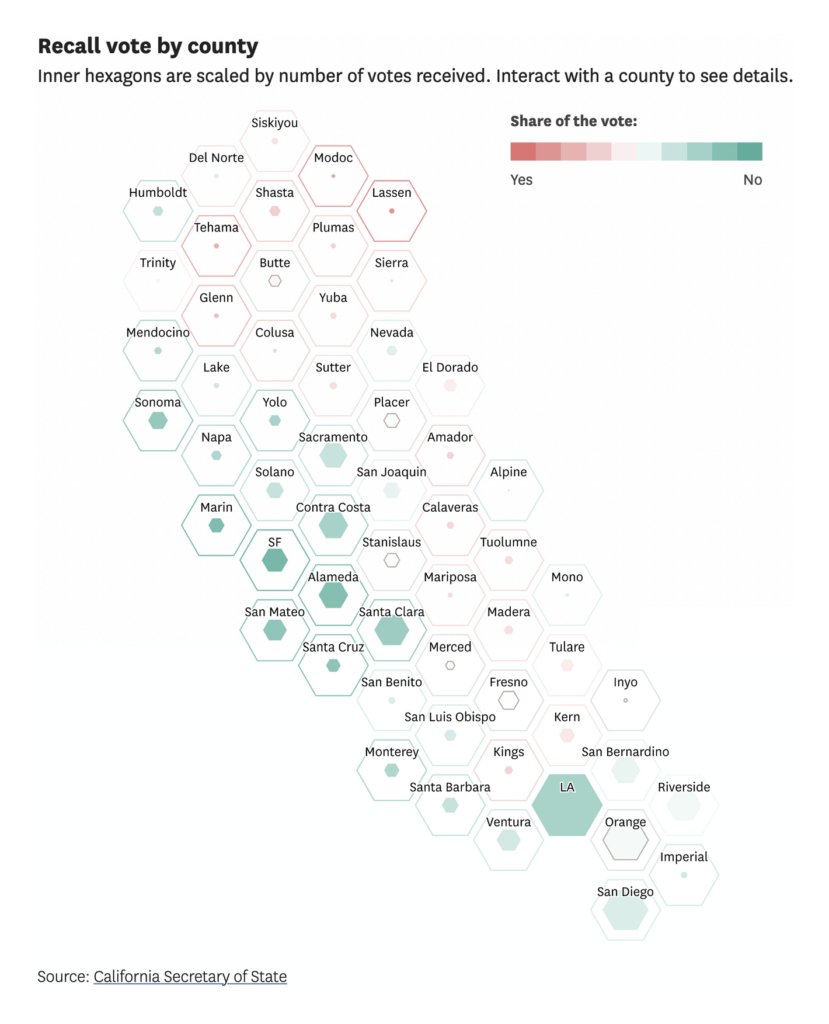
In the vaccinated world, children are the face of the latest coronavirus wave:
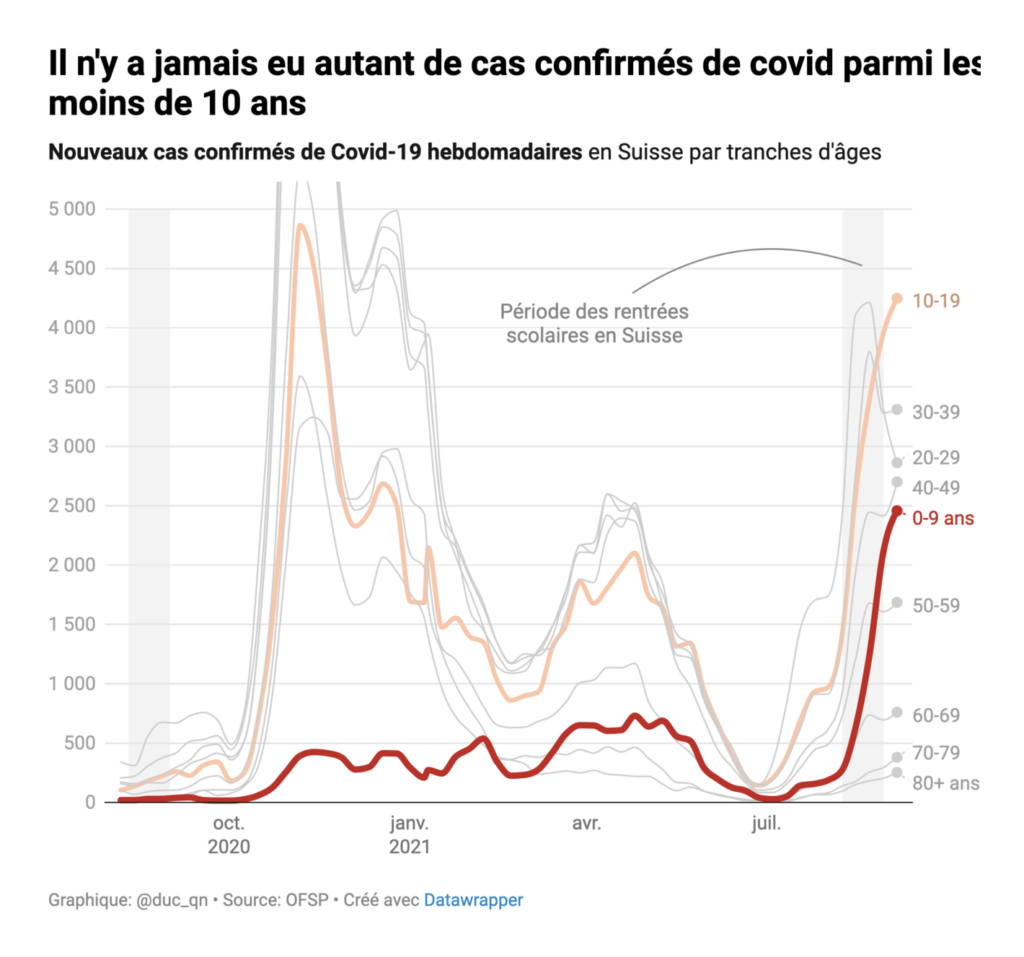

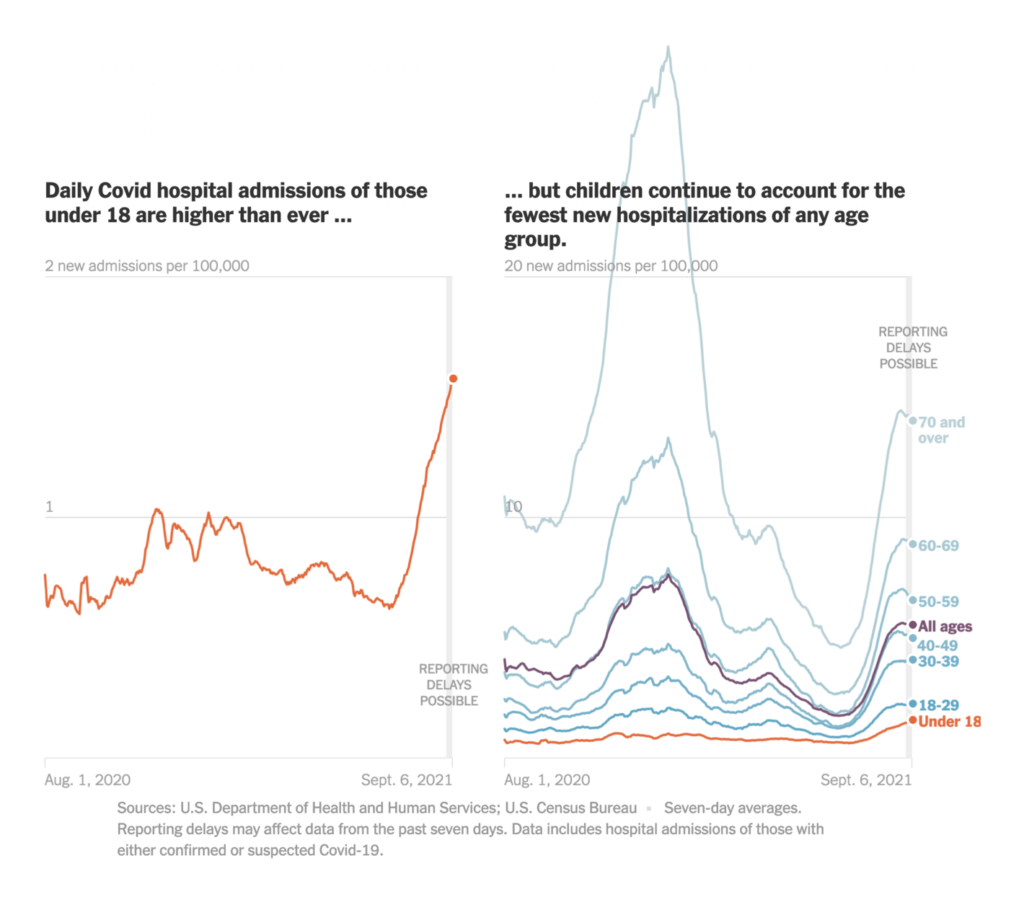
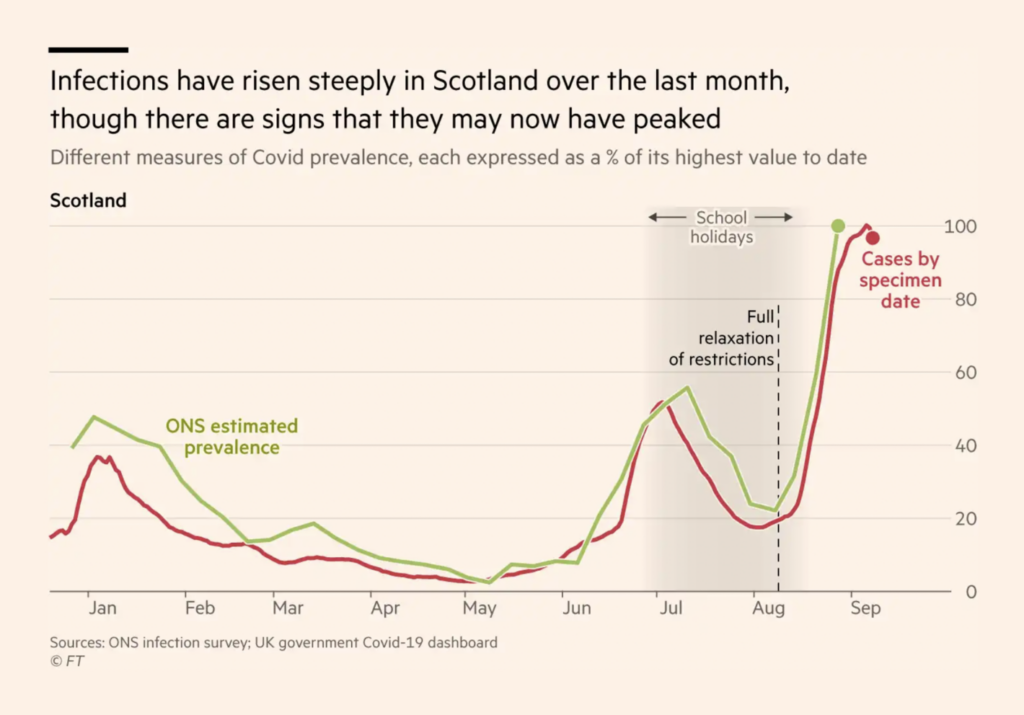
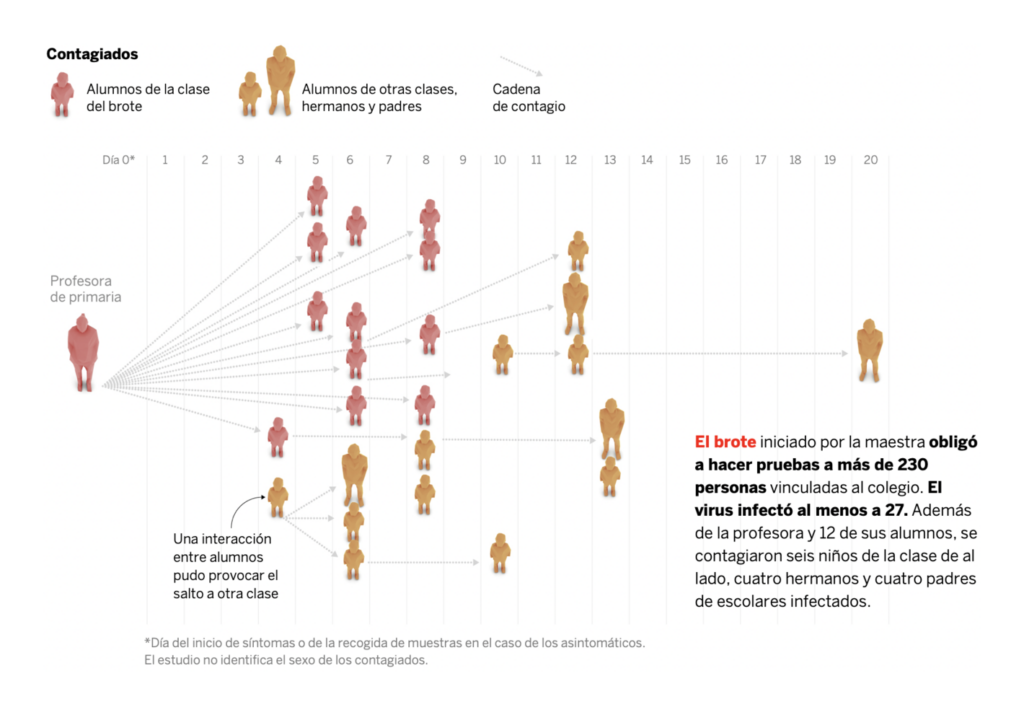
But cases and hospitalizations are up among all age groups. The good news? Vaccines are still highly effective, and “health passport” programs to promote them haven’t hurt the return of business and tourism:
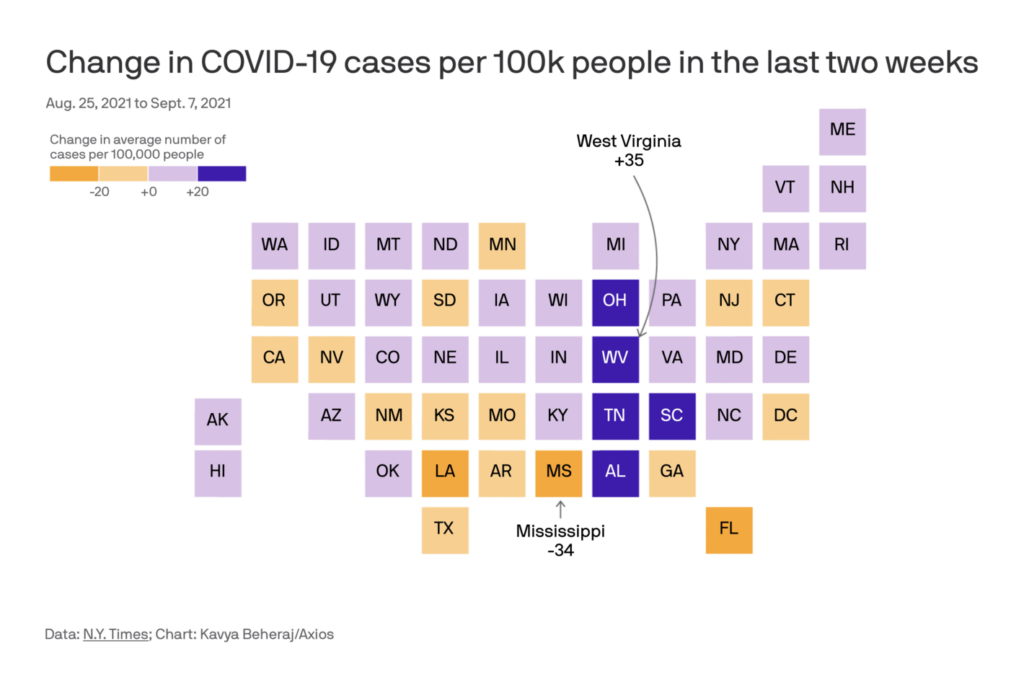
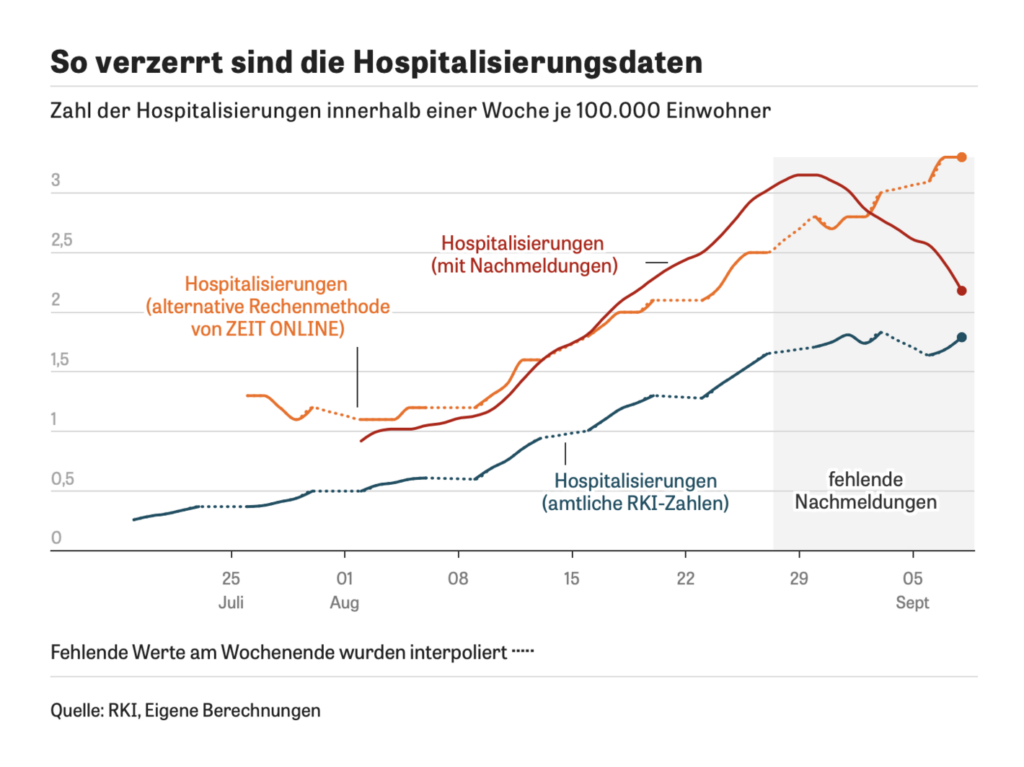
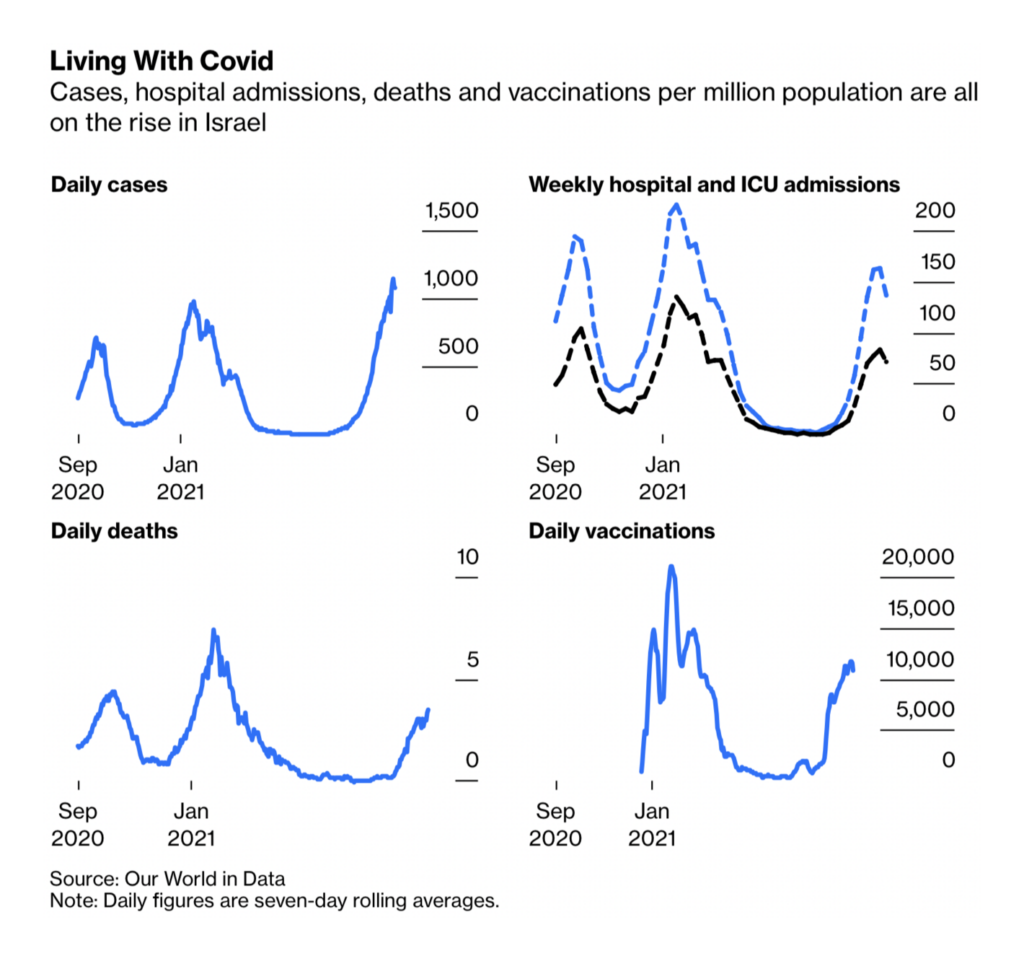

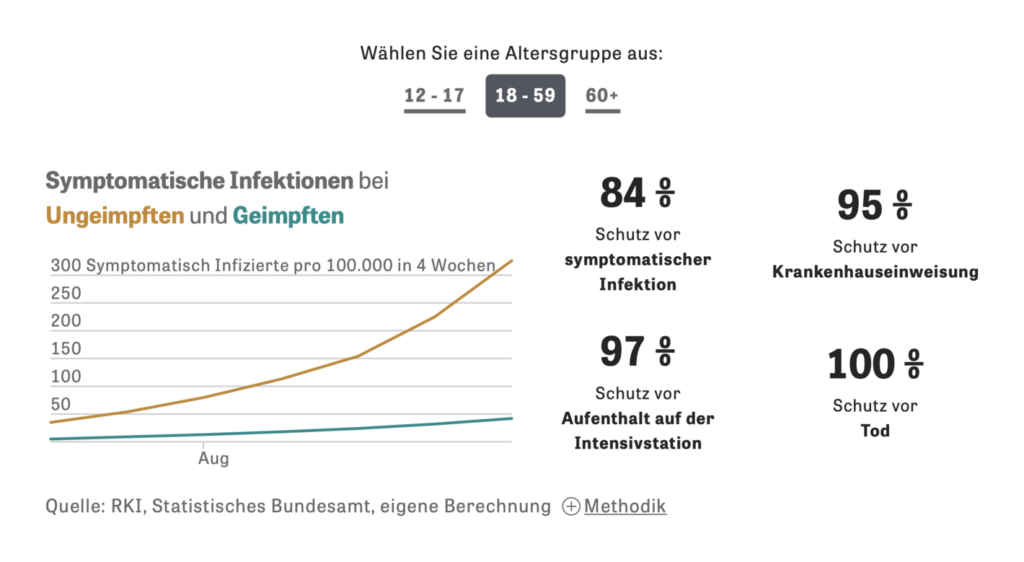

On the subject of climate, there’s less good news to offer. Long-term warming isn’t just making our present summers hotter — it’s hiding the evidence by melting the ice cores that scientists use to study prehistoric temperatures:
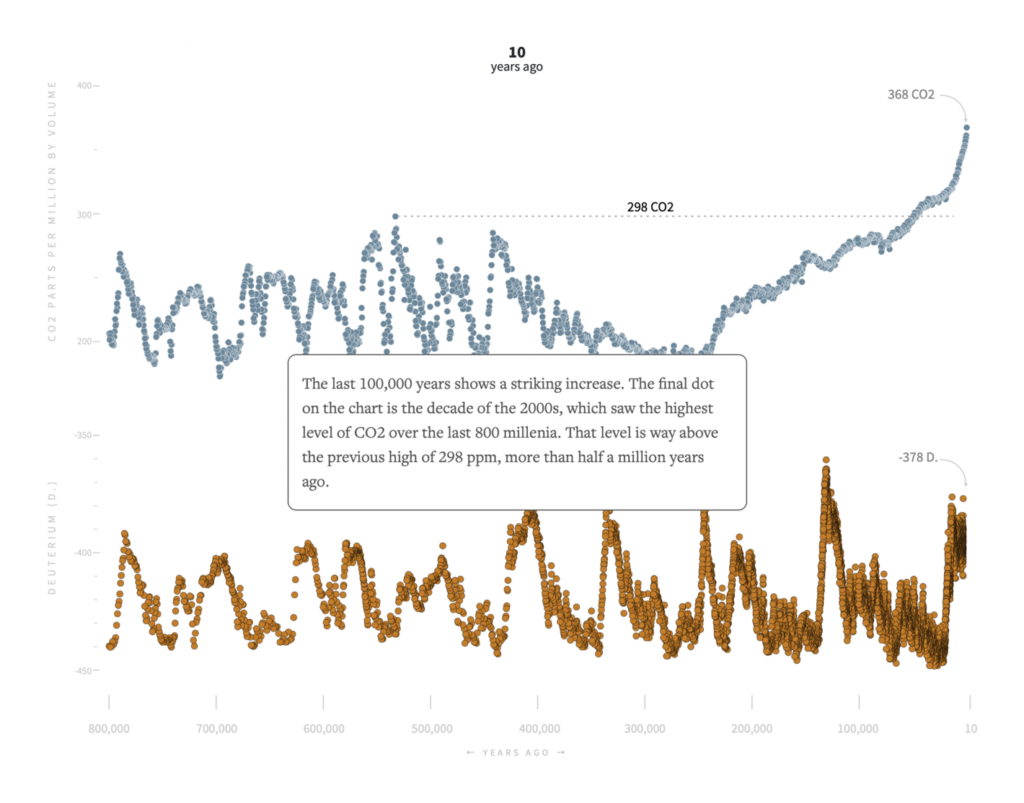
The environmental consequences include drought and flood:


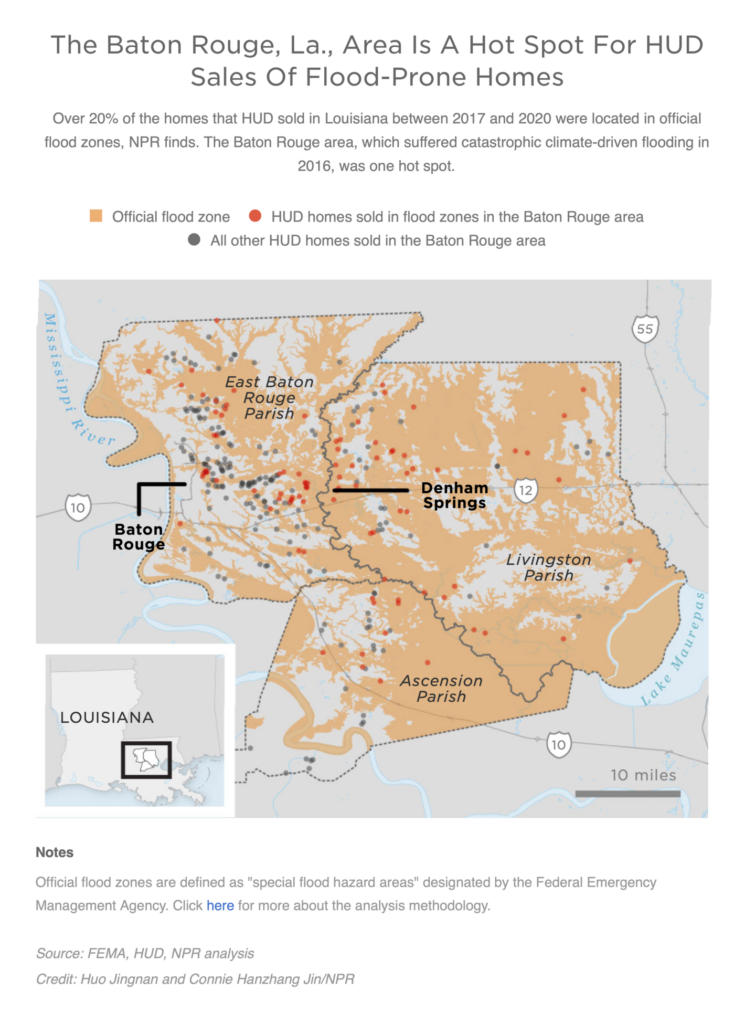
And the psychological effects are heavy as well:

Other maps this week showed us the afterlives of the World Trade Center buildings, international missions of the European Union, a territorial dispute over rare earths mining, and racial inequalities in urban planning:
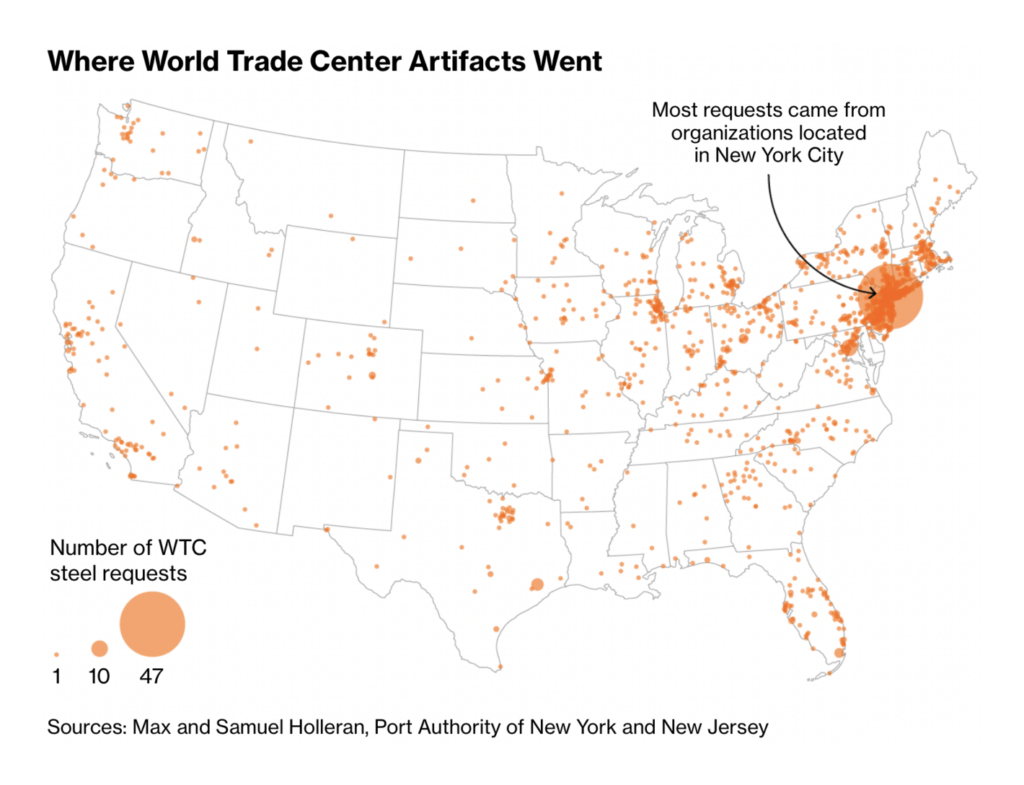


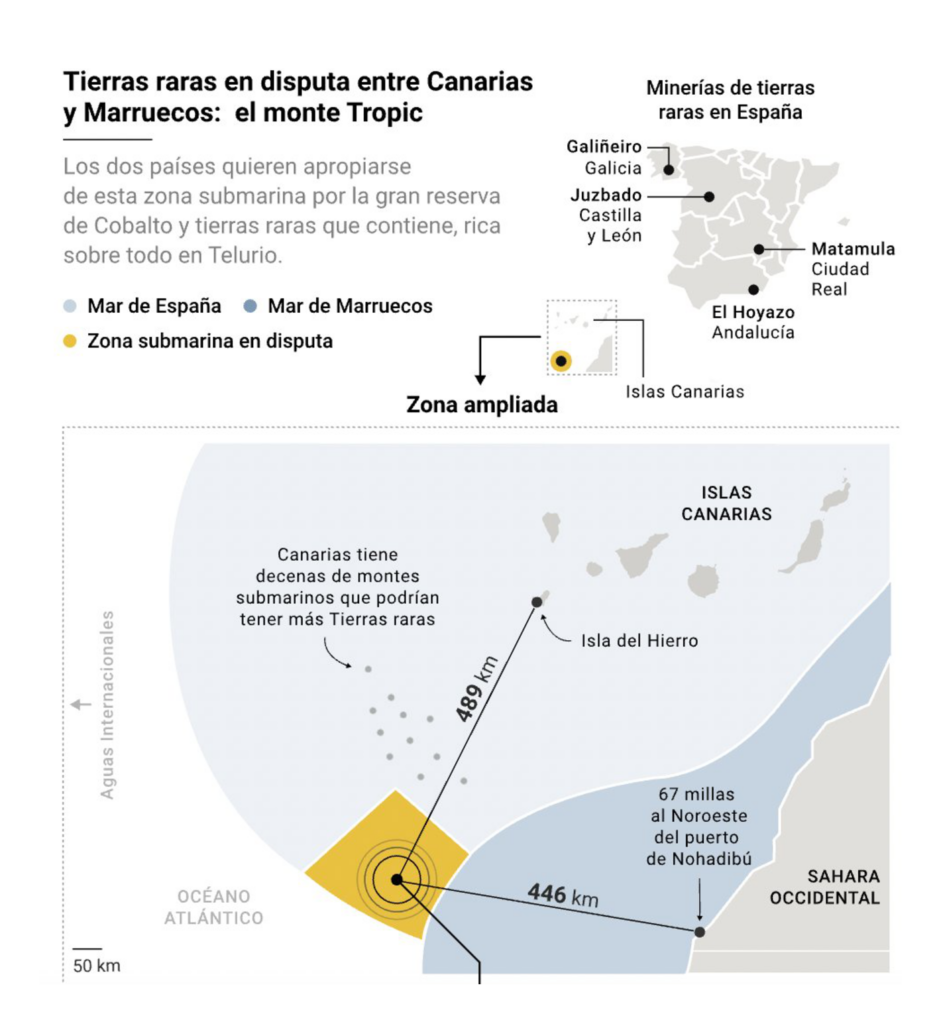

And finally, other charts covered everything from biodiversity to elite tennis meltdowns to Confederate monuments (with plenty more in between):



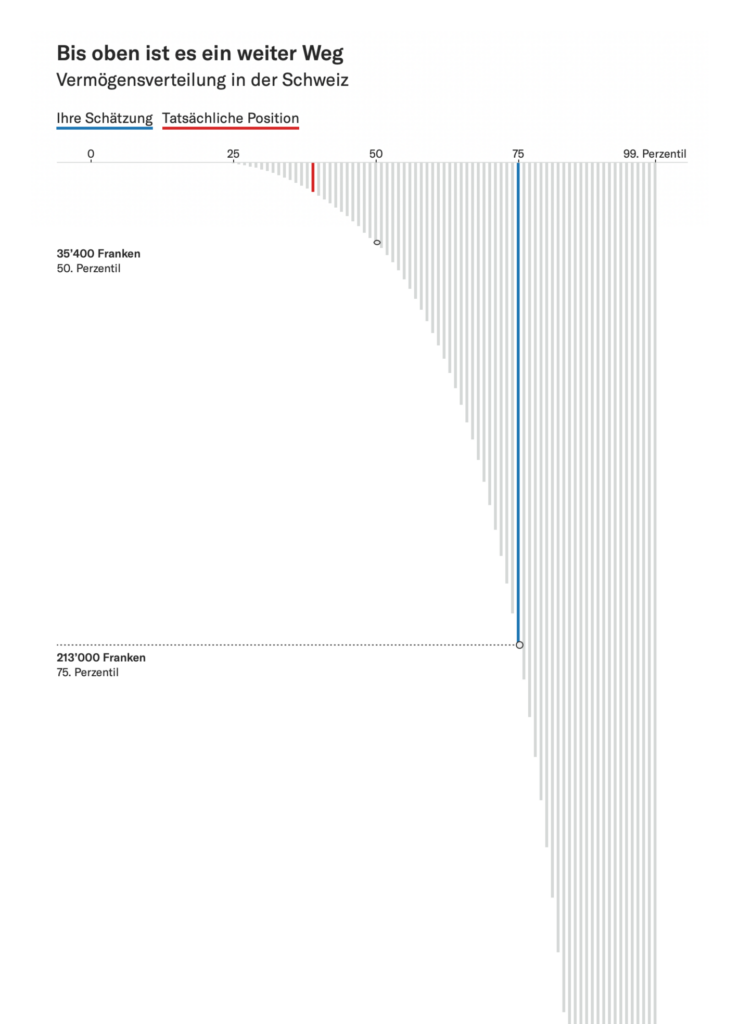
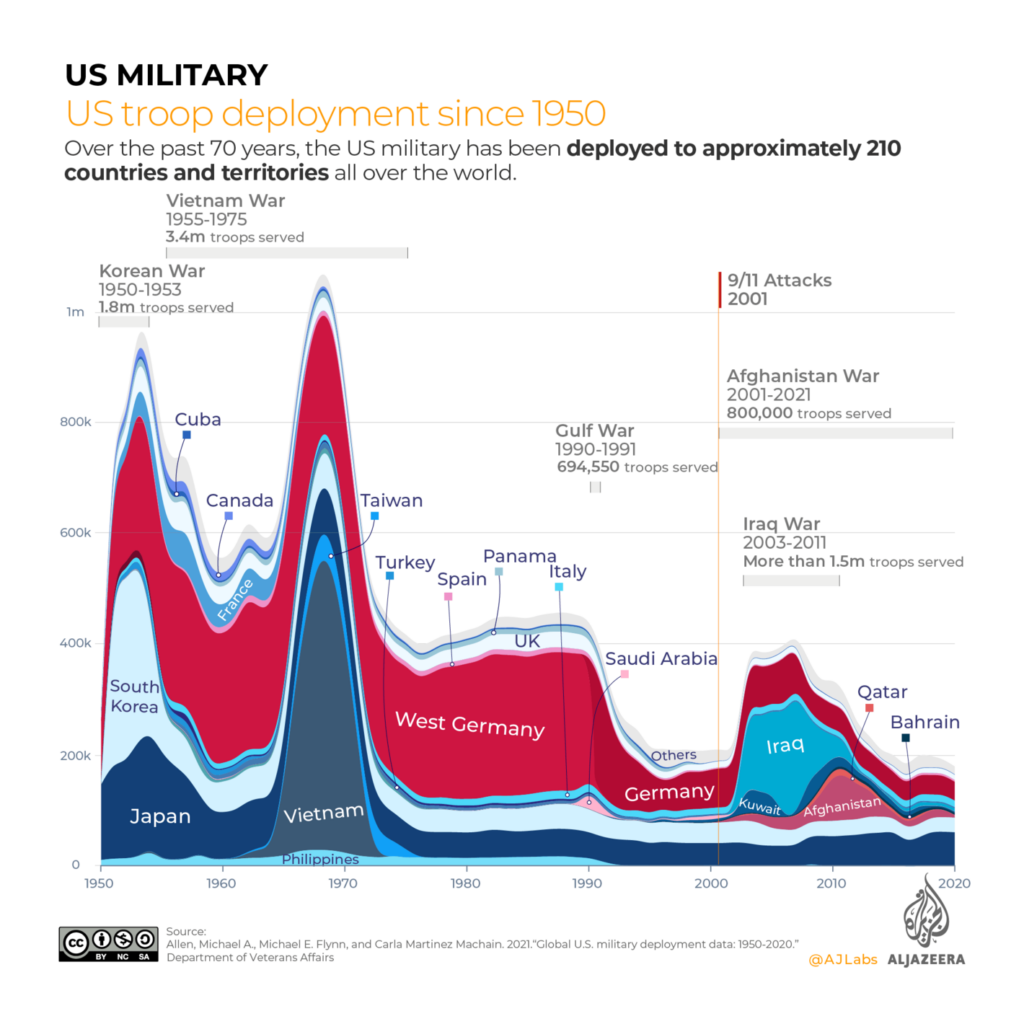
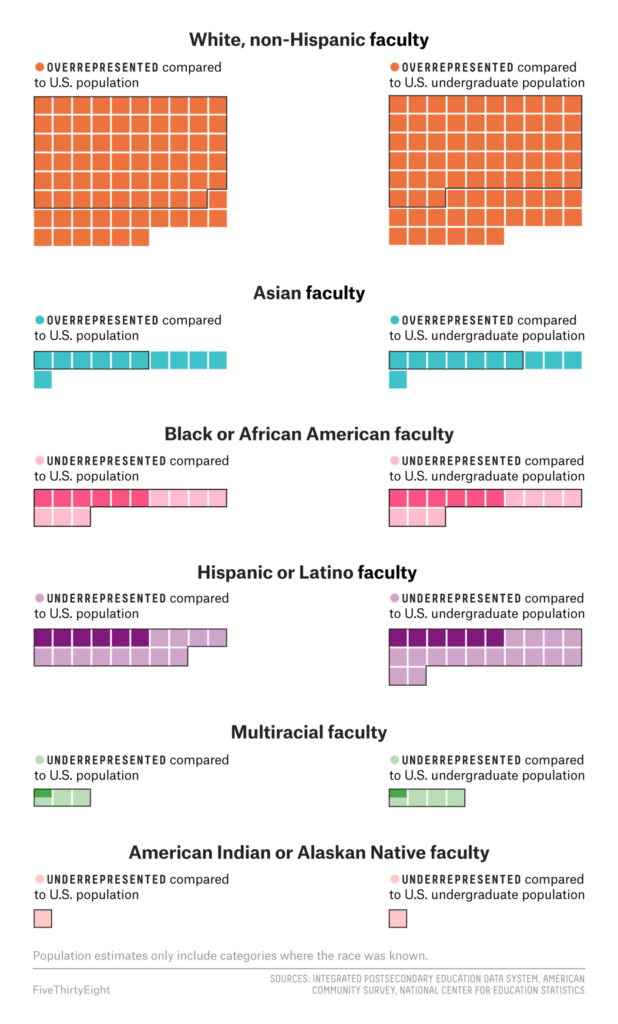

What else we found interesting
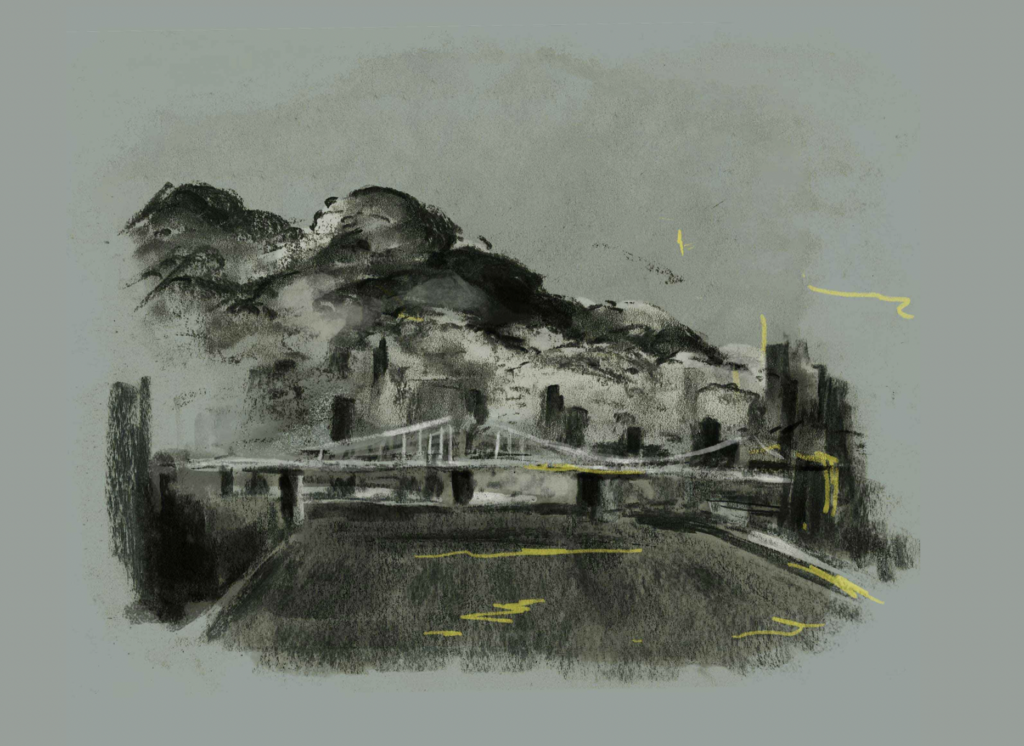
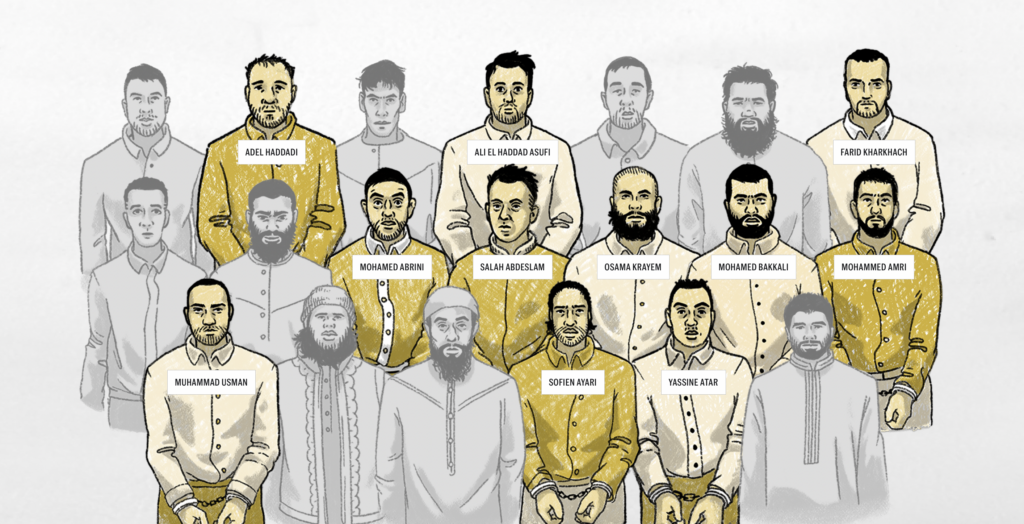
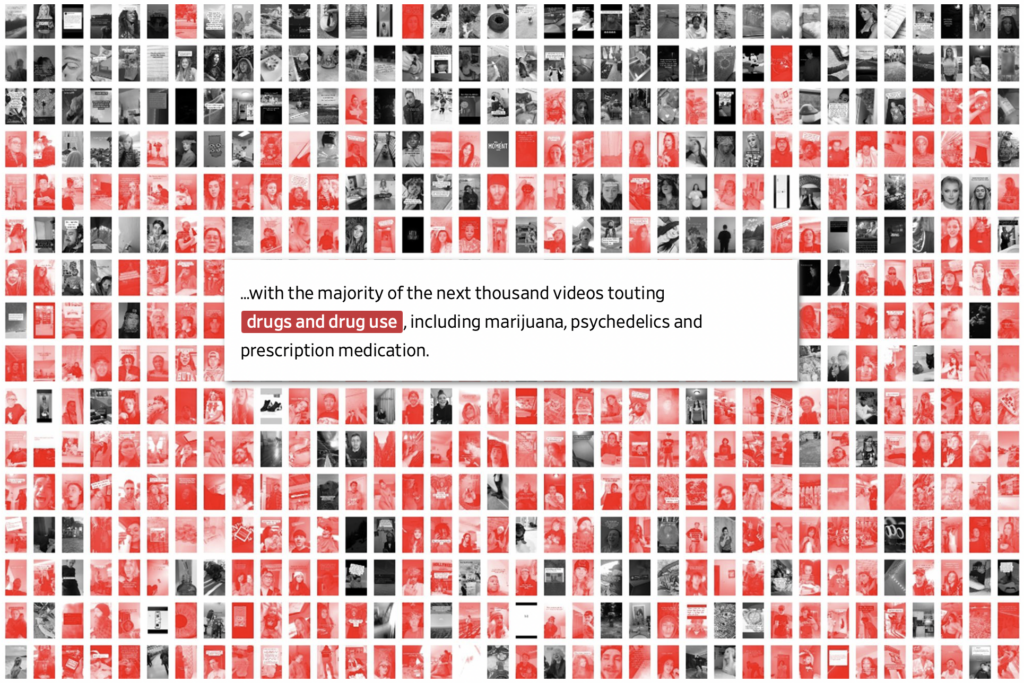
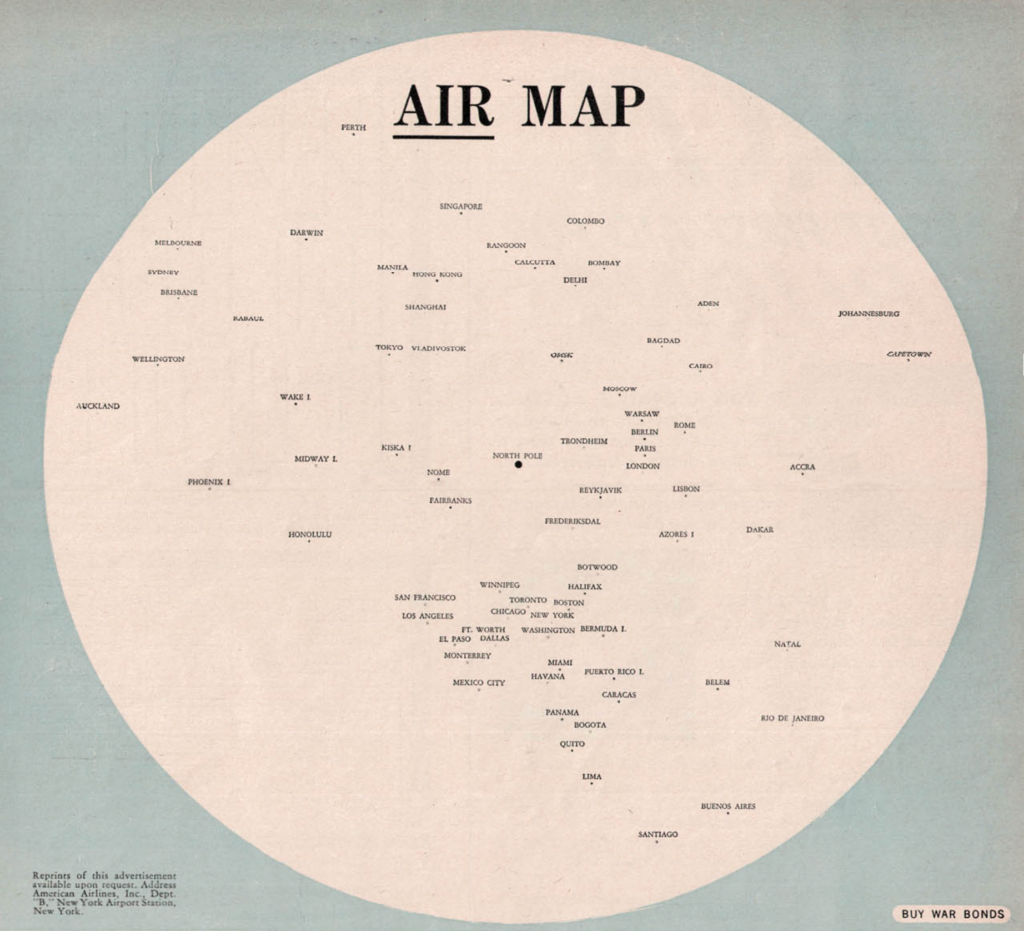
- Behind the scenes with data journalists: check out this conversation between the current and former data editors at The Guardian and this step-by-step look at how CNN Visual News prepared for the release of U.S. census results.
- Registration opens tomorrow for the Information Plus Conference.
- If you work in data visualization (or do it as a hobby!), be sure to take this “state of the industry” survey from the Data Visualization Society.
Help us make this dispatch better! We’d love to hear which newsletters, blogs, or social media accounts we need to follow to learn about interesting projects, especially from less-covered parts of the world (Asia, South America, Africa). Write us at hello@datawrapper.de or leave a comment below.





Comments